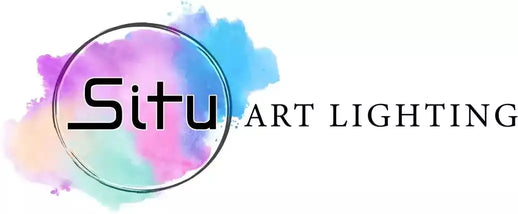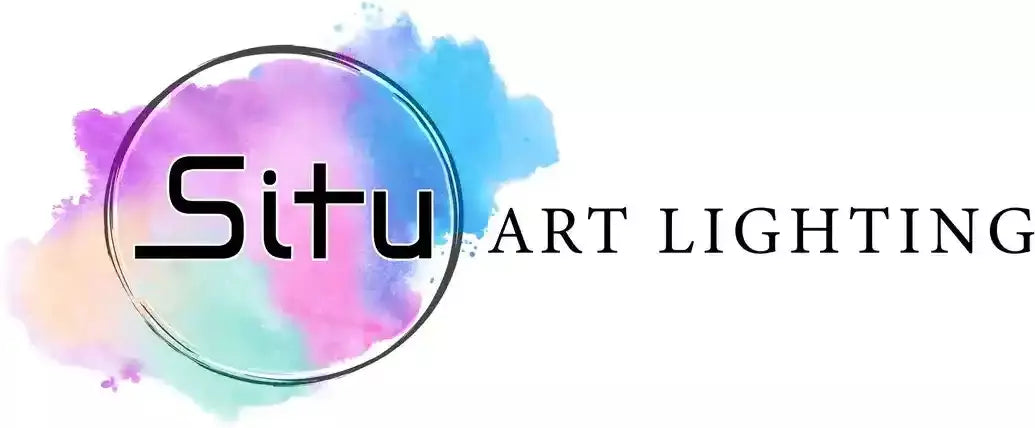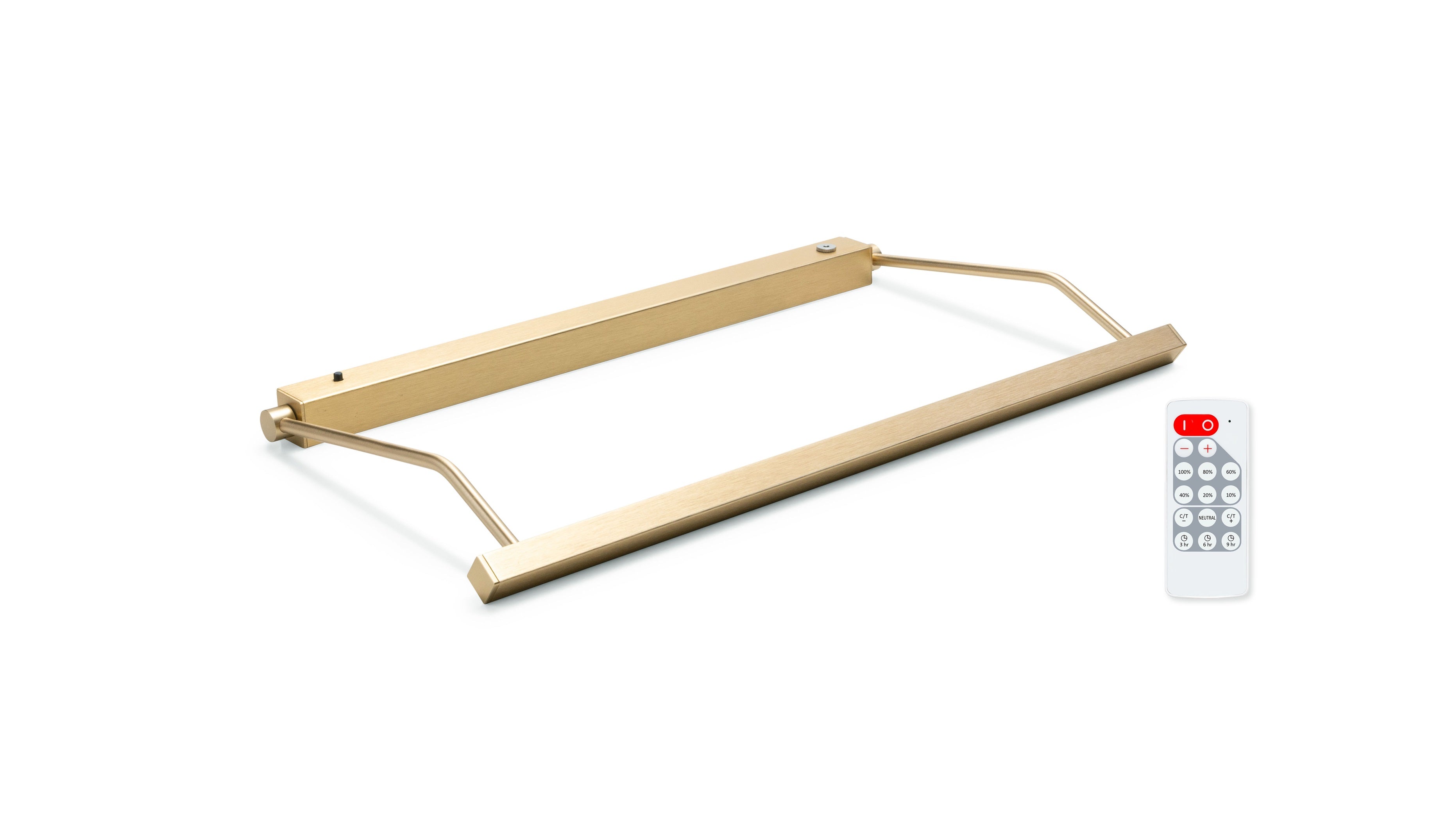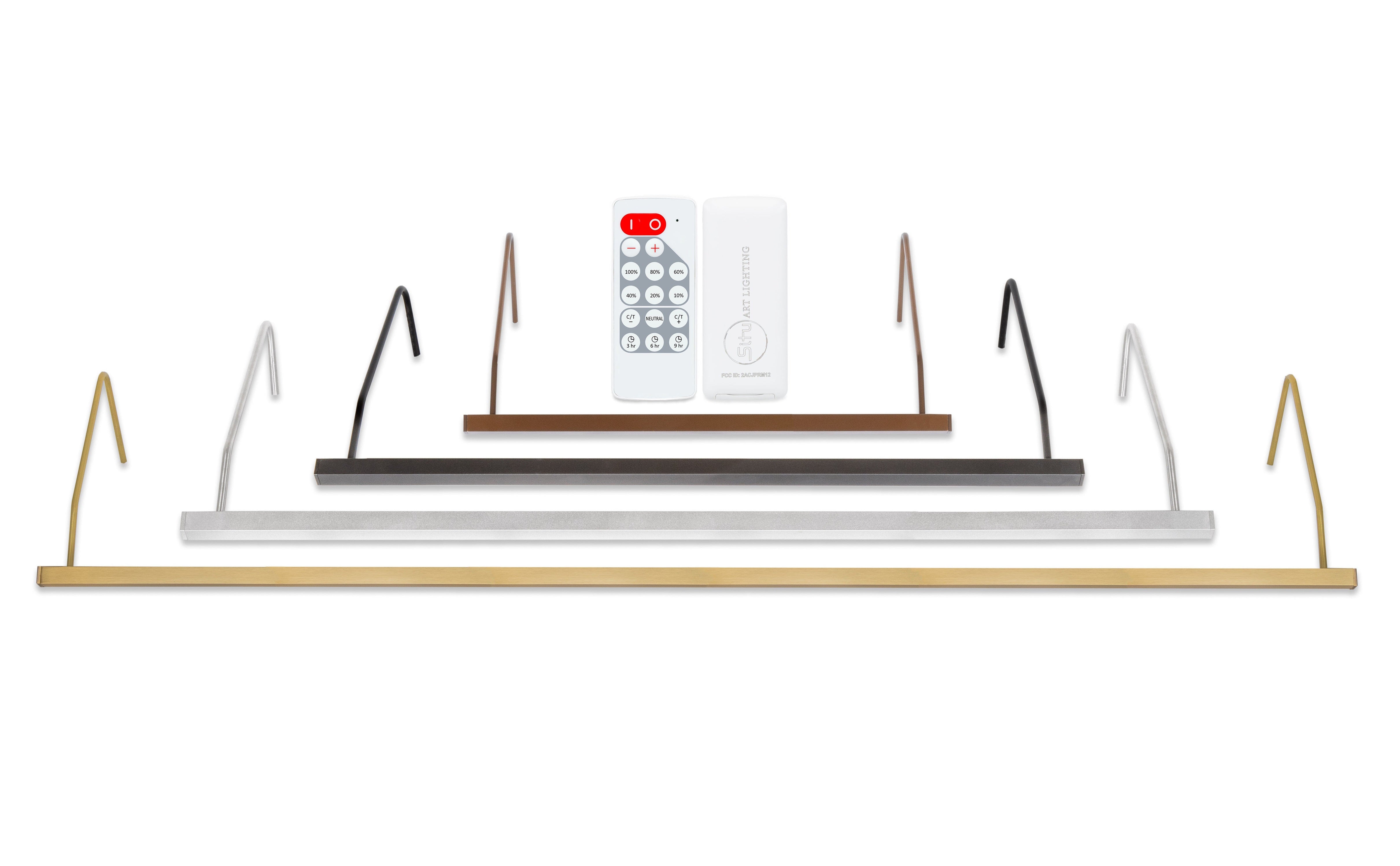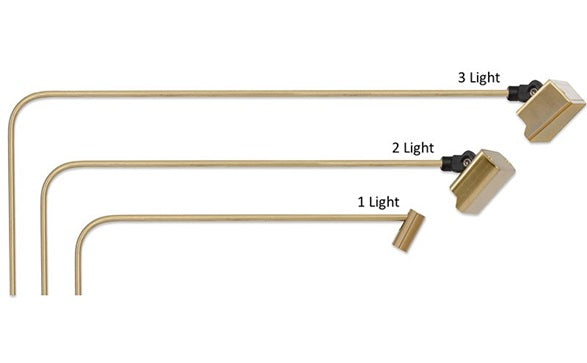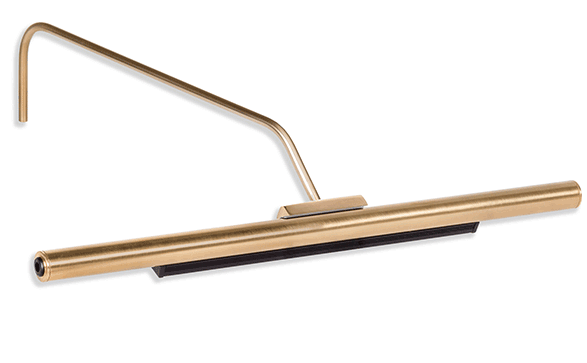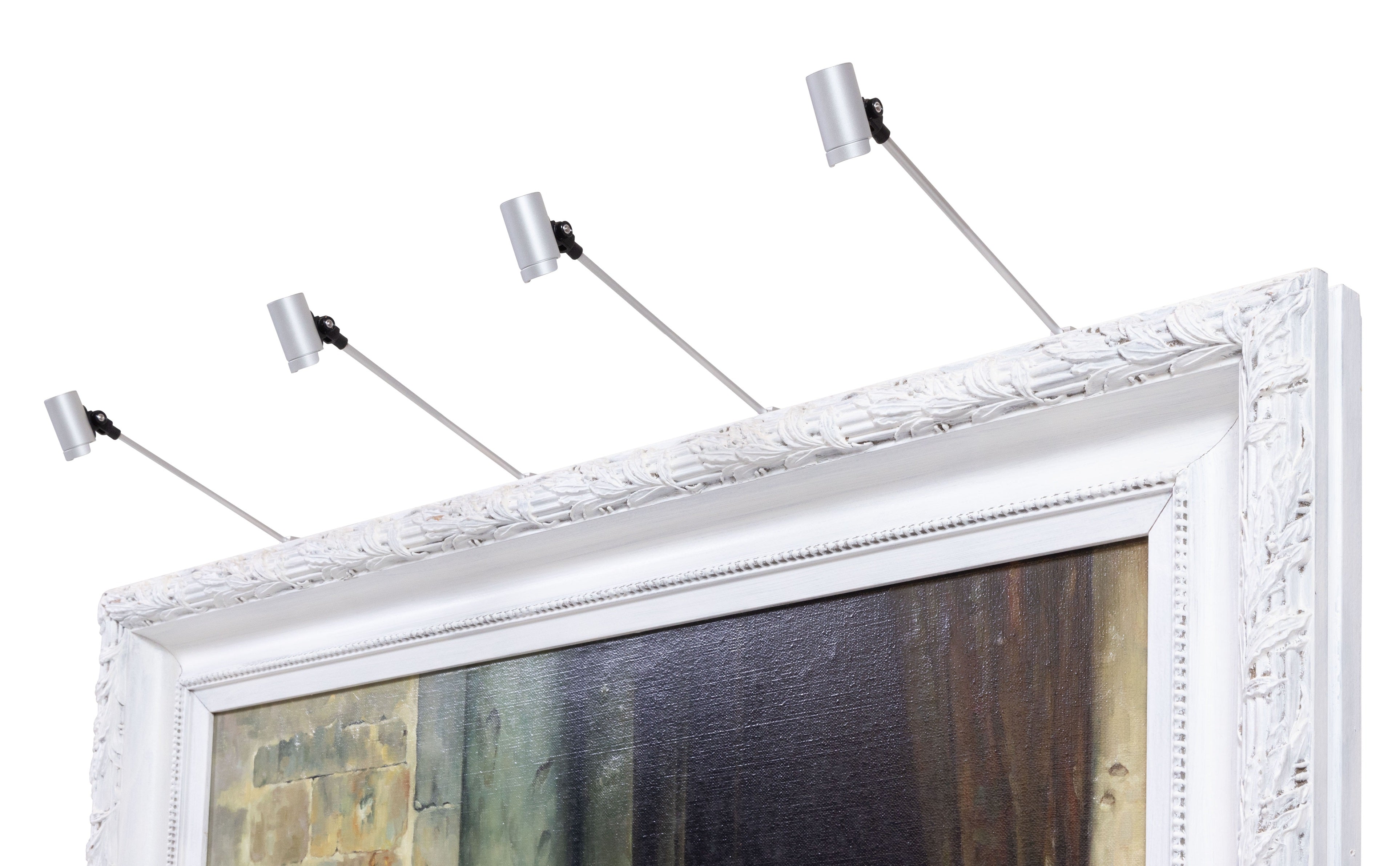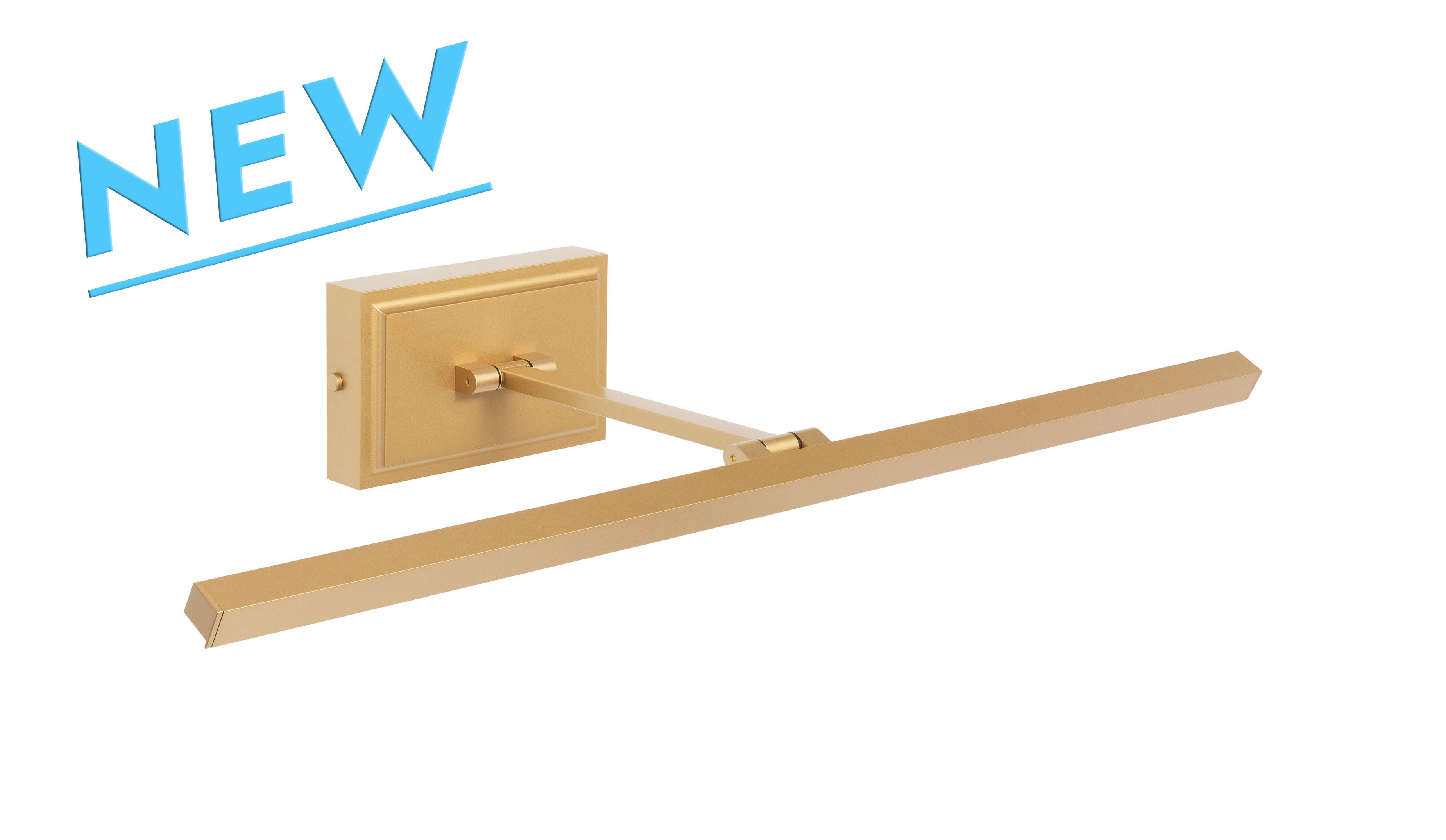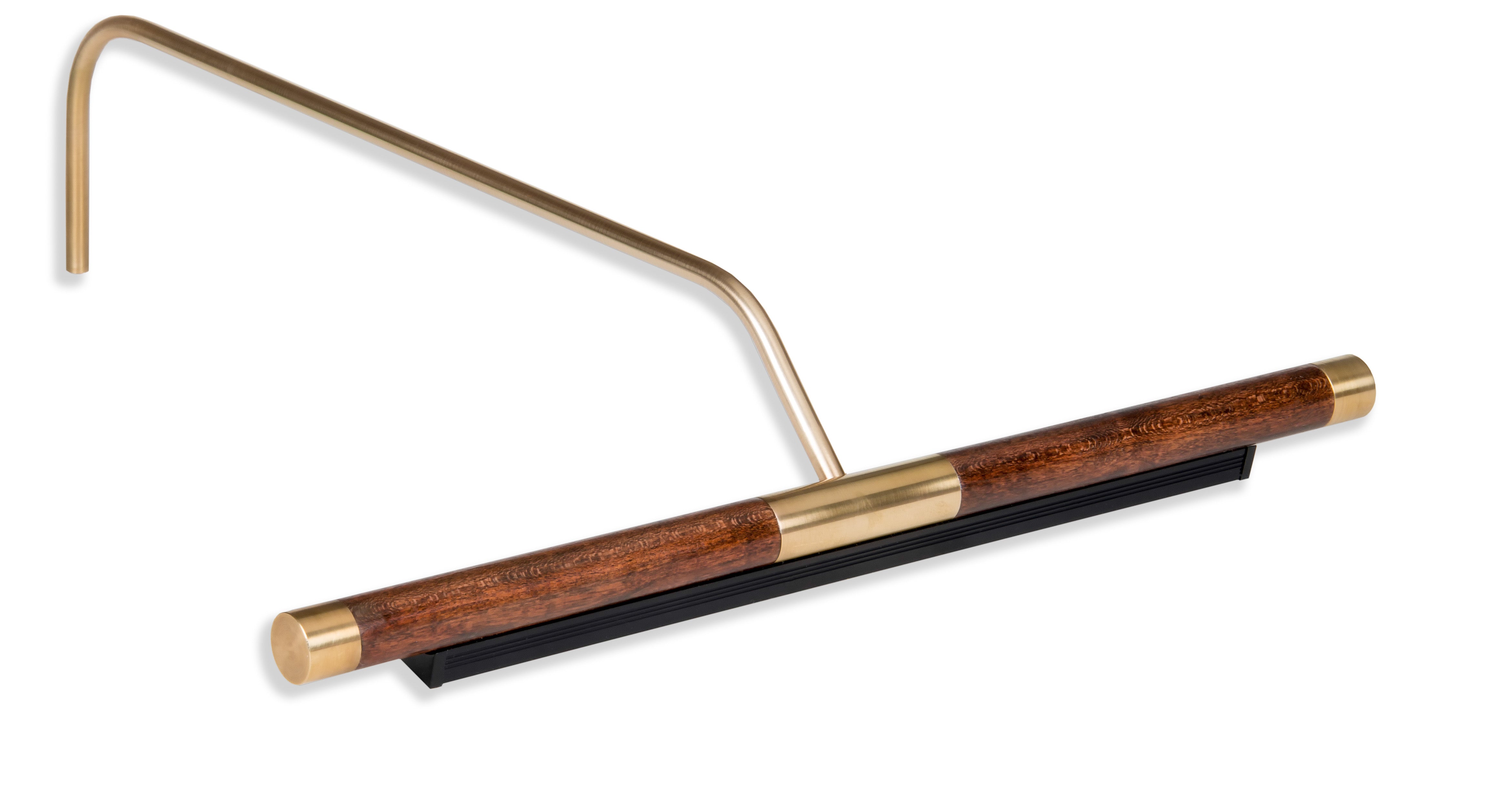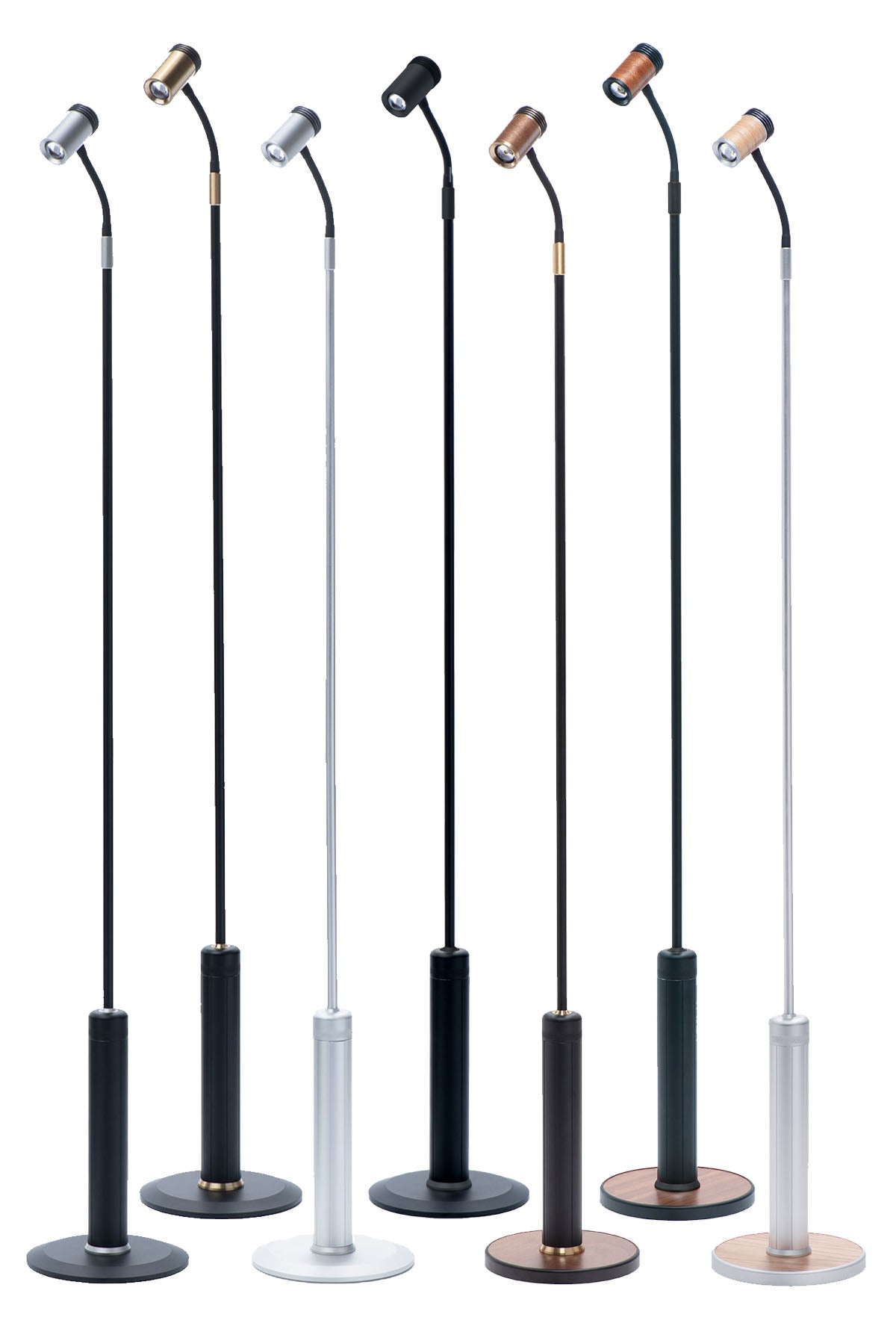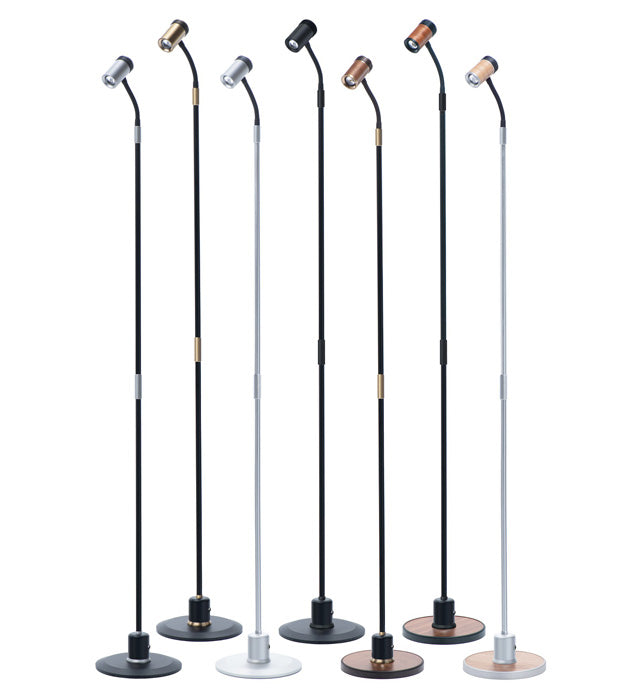Lighting is a key element in showcasing or experiencing your art collection; It can significantly enhance the visual appeal of your space by highlighting the finer details of your artwork that may otherwise go unnoticed. However, proper picture lighting can be a daunting task, as different types of art require varying levels of illumination. The Inverse Square Law is a principle that plays a vital role in determining the optimal distance, size, and optical design of the light source to ensure that the artwork is properly illuminated. This article will delve into the laws of physics that confine how light behaves as well how to best illuminate your artwork with these laws in mind.
Understanding the Inverse Square Law for Art Lighting
-
Inverse Square Law: Light intensity decreases as the distance from the source increases. Doubling the distance reduces intensity by 75%, while increasing coverage area fourfold.
-
Tall Artwork: Position light closer or use specialized optics (e.g., Tall optics in Vision Series) for even illumination, especially at the bottom. Tall optics provide vertical reach, while Standard optics spread light laterally.
-
Vignetting: Uneven lighting leads to darker edges, particularly with small light sources. Use larger lights or multiple sources for even coverage, or opt for frames and mats to help widen light spread.
-
Framed vs. Unframed: Close light for more intensity (ideal for framed art), or further away for greater lateral coverage (better for unframed art). Balance is key for uniform lighting.
Inverse Square Law: What is it?
The Inverse Square Law is a principle in physics stating that the intensity of light from a source decreases as the distance from said source increases. Specifically, the intensity of light at a given distance is inversely proportional to the square of the distance from the source. This law has important implications for the lighting of artwork, both in tall works of art where ensuring adequate light coverage can be a challenge, as well as determining the lateral coverage available at various distances from the fixture. The loss in intensity over distance has a direct correlation to the lateral spread of light.
To put this in simpler terms, suppose a light source illuminates an area of one square yard at 100% intensity. If the distance between the light source and the illuminated surface doubles, the intensity of light will decrease to one-fourth (25%) of its original value, while the coverage area will quadruple (4 yards). Similarly, if the distance triples, the intensity will decrease to one-ninth (11.1%) of its original value with nine times the coverage area, and so on.

Tall Artwork
When lighting artwork, it is important to consider the height of the piece and the placement of the light source. For most works of art, it is common to mount a light at the top of the piece to provide even illumination throughout the composition. When a light source is positioned above a piece of artwork, the light emitted spreads out in many directions, forming a cone-shaped beam. As this beam travels further away from the source, it spreads and becomes less intense in accordance with the Inverse Square Law. This means that the light reaching the bottom of the artwork will be less intense than the light reaching the top but will also cover a larger lateral area.
To address this issue, designers and artists can use a variety of techniques to ensure that the bottom of the artwork is properly illuminated. One approach is to position the fixture closer to the artwork, reducing the distance that the light must travel and thereby increasing its intensity, however, this will also decrease the lateral coverage. Another approach is to use specialized optical systems to help distribute light more evenly across the surface of the artwork. The Tall optics available in our Plug-in Vision Series and Plug-in ArtTrack are optimized to collect and redistribute otherwise wasted light, resulting in a fixture with greater vertical reach as compared to legacy picture lights that only illuminate the top 25” - 30” of artwork. This is why a Standard model of each fixture will illuminate a larger lateral area but will dissipate at a shorter distance, while the Tall optics feature a narrower lateral spread with greater vertical reach.
Vignetting
The other implication of the Inverse Square Law when lighting artwork is the potential for vignetting, particularly on unframed pieces of art or when using a small light from a central point. Vignetting occurs when the edges of the artwork appear darker than the center due to uneven illumination. This can be particularly problematic when using a small light source, as the light will be more intense in the center and decrease in intensity towards the edges of the artwork.
To avoid vignetting, it is important to use a light source that is large enough to cover the entire surface of the artwork at the given distance relative to the subject. This can be achieved by using multiple lights, by using a larger light source that is positioned further away from the artwork, or a fixture whose optical system has been optimized for the desired effect or aspect ratio of the artwork. In addition, adding a mat and frame to the artwork can help to reduce vignetting by providing a border around the artwork that brings the light further from the subject, allowing a wider lateral spread.

Framed or Unframed
The final implication of the Inverse Square Law to consider in art lighting is the distance between the light source and the artwork. As mentioned earlier, the intensity of light decreases as the distance from the source increases. Therefore, placing the light closer to the artwork will result in greater intensity but reduced lateral coverage. This is particularly relevant for unframed works, as the light source will be nearer to the artwork than if it were framed.

On the other hand, if the light is positioned further away from the artwork, it will provide greater lateral coverage at the expense of a minor reduction in intensity. This is because the light is covering a larger area and therefore offers less intensity at any given point on the artwork. When deciding on the distance between the light source and the artwork, it is important to strike a balance between intensity and coverage to ensure that the artwork is evenly illuminated. This is a key variable we take into account when designing fixtures and their optical systems, as well as when recommending fixtures for your artwork.
Lighting the Way
In conclusion, the Inverse Square Law has important implications for lighting artwork. By understanding the principles behind this law, it is possible to achieve even illumination of artwork while minimizing the risk of vignetting and other lighting problems. When lighting artwork, it is important to consider many variables including the height of the artwork, the placement and size of the light source, the potential for vignetting, and the distance between the light source and the artwork required by the frame, mat, or other factors. With these considerations in mind, it is possible to use a lighting system that showcases artwork to its full potential.
We’re always happy to review dimensions and images of customer artwork to make recommendations for the ideal fixture for your piece. We have many options for plug-in, hardwired, and wireless lights, all in different sizes, styles, and finishes. You can either email us at info@situlighting.com or give us a call at 1-800-561-0492.
